When we read unexpected and remarkable things, we smile, even laugh out loud, and think: yes, this makes sense; and I didn’t think of it before now. In this spirit, let us celebrate some of the highlights from TNOC writing in 2021. These contributions from around the world were some combination of widely read, especially innovative, and/or disruptive in a useful way. All 1100+ TNOC essays and roundtables are good and useful reads, of course, but what follows will give you a taste of 2021’s key content.
We are now into two years of Covid — amazing, no? — and I know everyone reading this has suffered loses. So much of what we love about cities—performing arts, restaurants, diverse communities, employment — has been gutted and perhaps changed forever. Now that we have seen how our cities around the world truly function at their most vulnerable, what excuses do we have left not emerge solely committed to fixing it? Maybe in searching for a new post-Covid “normal”, we can grasp the idea that the old normal was a big part of the problem.
Thank you. We hope to see you again in 2022.
Donate to TNOC
TNOC is a public charity, a non-profit [501(c)3] organization in the United States, with sister organizations in Dublin (TNOC Europe) and Paris (TNOC France). We rely on private contributions and grants to support our work, and to demonstrate grassroots support to our organizational funders. No pay-wall exists in front of TNOC content. So, if you can, please help support us. Click here to help.
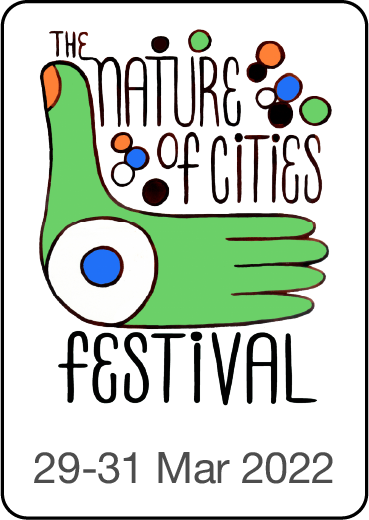 The Nature of Cities Festival
The Nature of Cities Festival
TNOC Festival pushes boundaries to radically imagine our cities for the future. A virtual festival that spans 3 days with programming across all regional time zones and provided in multiple languages. TNOC Festival offers us the ability to truly connect local place and ideas on a global scale for a much broader perspective and participation than any one physical meeting in any one city could ever have achieved.
Key to us is lowering barriers to participation. Barriers of all sorts: the costs of travel and lost time at work, language, registration costs (are are very inexpensive and often free). And the the program is largely crowd sources to reflect the kinds of conversations you want to have.
Plus, we have a remarkable format and engagement platform. Likely something you have never experienced in a professional meeting.
This year, TNOC festival will take place 29-31 March 2022. Registration opens 1 February, along with a full program announcement. Join us.
Roundtables
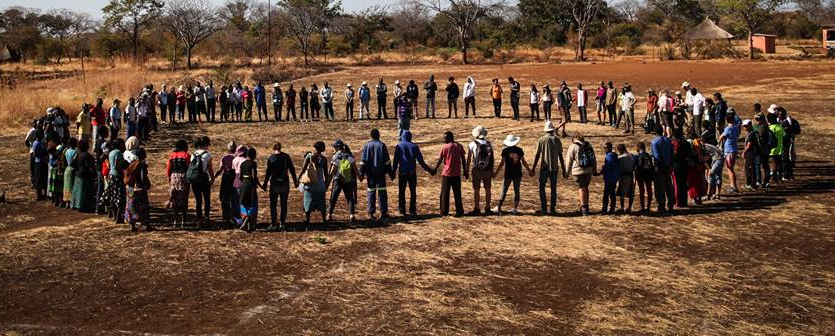
Beyond Equity: What does an anti-racist urban ecology look like?
There has been a growing belief in the need for “equity” in how we build urban environments. The inequities have long been clear, but remain largely unsolved in environmental justice: both environmental “bads” (e.g. pollution) and “goods” (parks, food, ecosystem services of various kinds, livability) tend to be inequitably distributed. Such problems exist around the world, from New York to Mumbai, from Brussels to Rio de Janeiro to Lagos.
There is a logical resonance of this idea to a wide variety of identities, histories, prejudices, and processes that systematically exclude and discriminate among people, including (but sadly not limited to) colonialism, social caste, gender, sexual orientation, religion, ethnicity, and indigeneity.
So, let us try to imagine approaches beyond the mere basics of equity. What would an anti-racist (or de-colonial or anti-caste, and so on) approach to “urban ecologies” be? How would it be accomplished? Is it an approach that would create progress? How would it integrate social and ecological pattern and process? How would we as professionals and concerned urban residents engage with it?
We must be fiercely honest with ourselves by shining lights into the patterns and limitations — yes, the stubborn prejudices — of our own professions. What can we do as individuals? How can we nudge our disciplines — ecology, or planning, or architecture, or policymaking, or educations, or civil society, or whatever — in better directions?
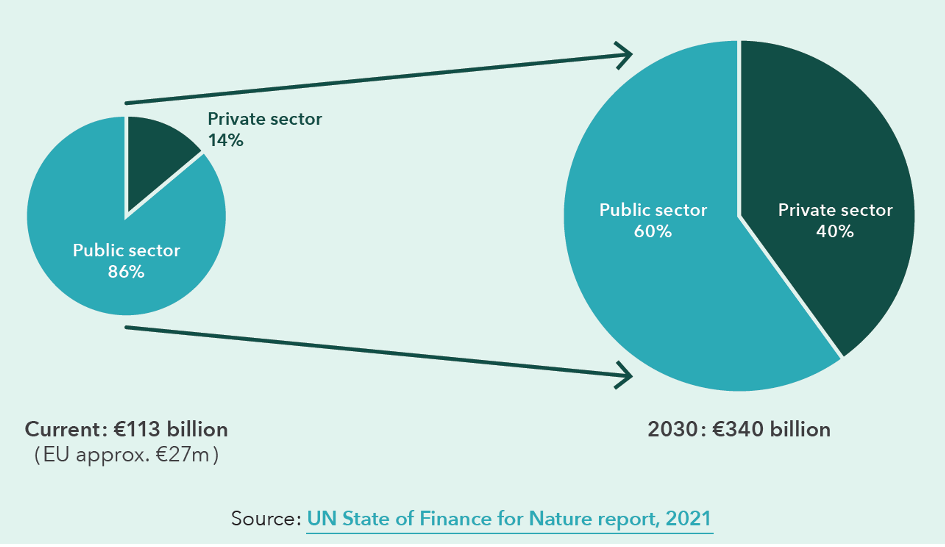 How can nature-based solutions (NBS) provide the basis for a nature-based economy?
How can nature-based solutions (NBS) provide the basis for a nature-based economy?
Nature-based solutions provide an overarching framework embracing concepts and methodologies such as biodiversity net-gain, ecosystem-based adaptation, mitigation, environmental disaster risk reduction, green infrastructure and natural climate solutions to name a few. While much focus to date has been on the environmental or social benefits of nature-based solutions, less attention has been paid to their economic potential and their role in contributing towards more sustainable and just societies.
Indeed, modern economies are not generally build around nature and nature-based solutions — other than extracting from nature. The dire predictions of our climate changed future, now in many way already our present, tell us that this must change. Business as usual is not a prescription for human survival.
Art and Exhibits
As COVID-19 began, The Urban Ecological Arts Forum at The Nature of Cities, sometimes known as FRIEC, started bringing to life virtual exhibition spaces, highlighting current exhibitions on urban ecological themes that would otherwise be impossible to experience due to the closure of cultural facilities. We have expanded this idea of a regular series or “installations” that traverse the shared frontiers of art, science, and practice.
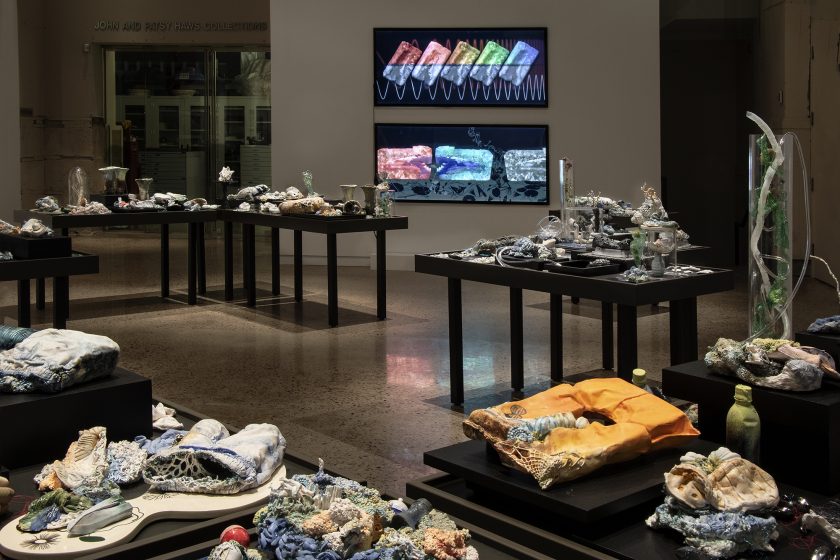
The State We’re in Water: Constructing a Sense of Place in the Hydrosphere
In this exhibit, science and art are used side-by-side, allowing us to peer deeply into both sides of this human dichotomy through our relationships with water. After multiple years of interdisciplinary research and production, artists Robin Lasser and Marguerite Perret find that we certainly have some work to do in order to live up to our potential as an earth-bound species. This experience is a curated tour of three selected galleries from what is an extremely far-reaching exhibition produced by Lasser and Perret. The selected works here relate intimately to our human relationships with water in cities.
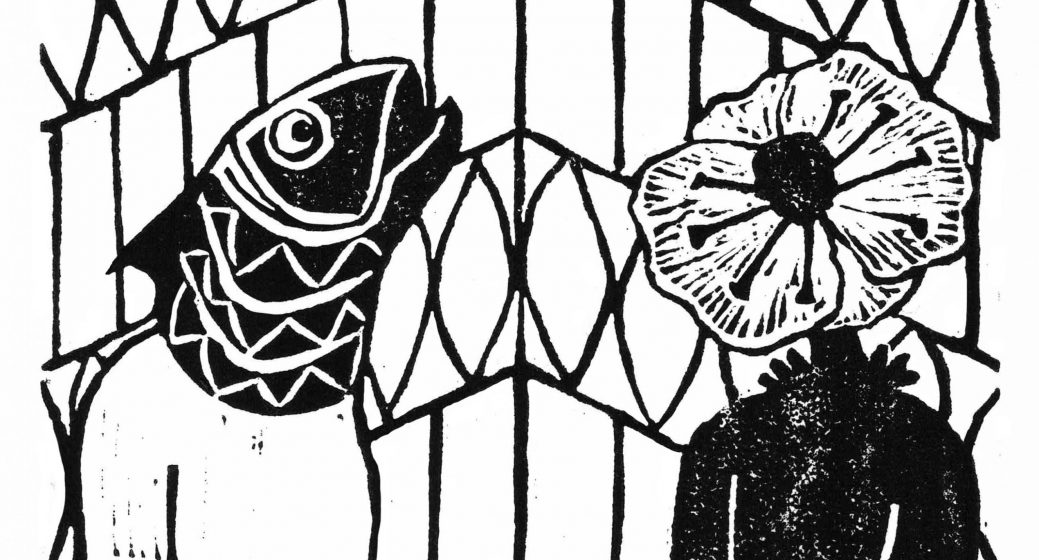
City in a Wild Garden: Stories of the Nature of Cities, Vol. 2
This is our second volume of short fiction about current and future cities. We wanted to explore how to imagine cities. We asked authors to be inspired by an imagining, an evocative phrase: “City in a wild garden.” In this volume, there are stories of transformation, loss, and despair, and also stories of great beauty and hope, with nature and people that emerge from trials, in which people and the wild have merged in fundamental ways. Forty-nine stories from 20 countries are in this book, including the six that we judged to be “prize-winners,” by authors from the United States, India, and Brazil.
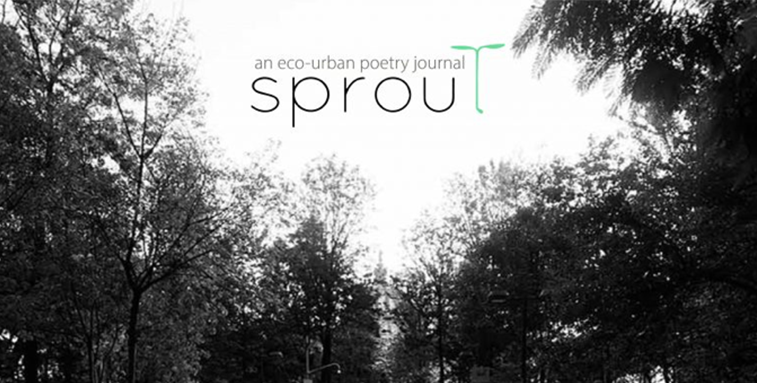
SPROUT: An eco-urban poetry journal
SPROUT is an eco-urban poetry journal that curates space for trans- and multi-disciplinary collaborations between poets, researchers, and citizens with a focus on geographical diversity, polyvocality, and translation. For the first volume, in inviting new work to reflect expansively about space, the contributors took up the call to carve out space(s) for themselves. The collected product reflects a multitude of poetic practices. What brings them all together is a particular attentiveness to the liminal, the in-between, the beingness of being-in-space, and acts of seeing out (or, indeed in) wards, into space.
Essays
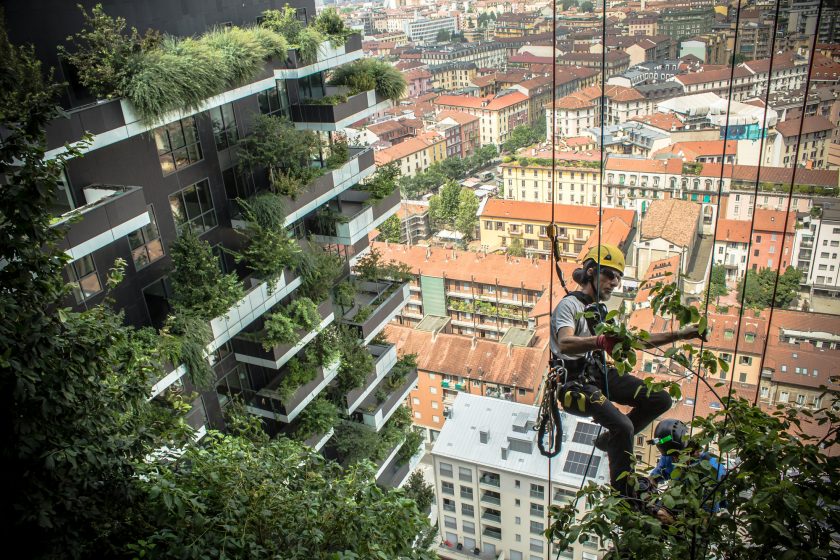
Vegetation is the Future of Architecture
Gary Grant, London
Having begun to appreciate the benefits of putting green infrastructure onto buildings, architects, engineers, horticulturalists, and others have developed techniques to make it real. Cities and buildings, in particular, are designed and maintained in ways where vegetation is omitted, removed, or simplified so that the benefits of having vegetation close by are limited or lost.
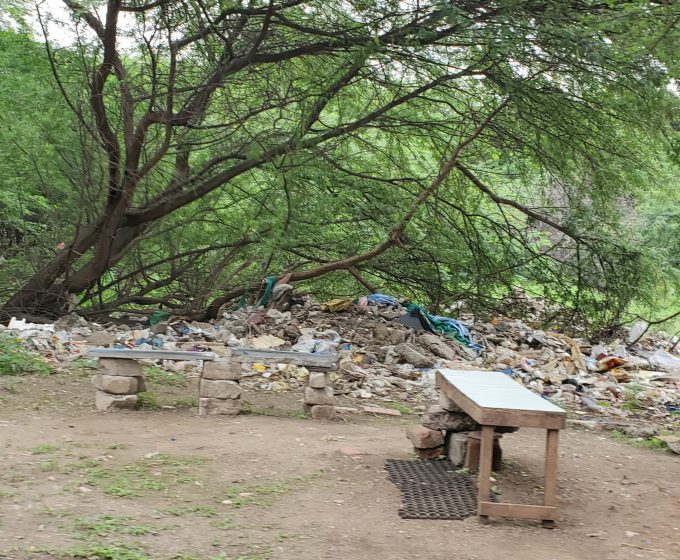
When “Good Commons” Create “Bad Commons”
Praneeta Mudaliar, Ithaca
We need to reimagine the institutional landscape of urban disputed commons governance to accommodate diverse goals and management practices that simultaneously produce good and bad commons.
On one hand, practices of good commoning produce bad commons. On the other hand, if disputes were to be resolved, the land would likely be privatized, halting the practices of good commoning.

Two Reflections: Thinking About Blackness, Ecology, and Architecture in the United States
Steward Pickett and Brian McGrath, New York
The history of building and space is richer than we usually think. So are the visions of a less racist future, motivated in part by many Black voices and gazes. Reconstruction in America worked briefly in the past, ending not in failure but in its active repression. Black ecologists and architects teach us not to be limited by one’s discipline and, in the words of the creators of the MoMA exhibit, to enact a practice of refusal.
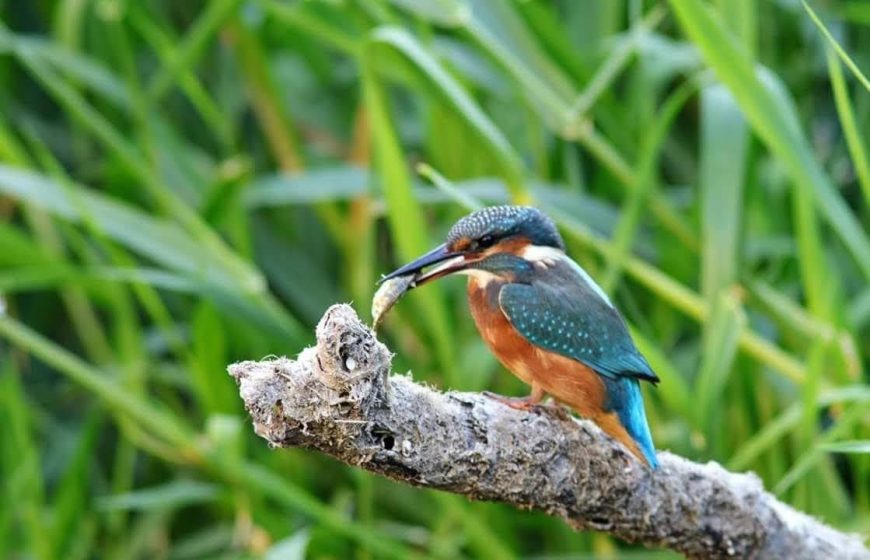
Auto-rewilding Birdlife Along the Bath River Line
Lincoln Garland, Bath
By shining a light on the many urban avian dramas along the Bath River Line, I reveal the amazing behavioral adaptations of birds to our highly human-modified world. Moreover, I suggest that there are as many opportunities for city-dwellers to connect with fabulous wildlife and, in particular, birdlife, as there are for their rural counterparts.
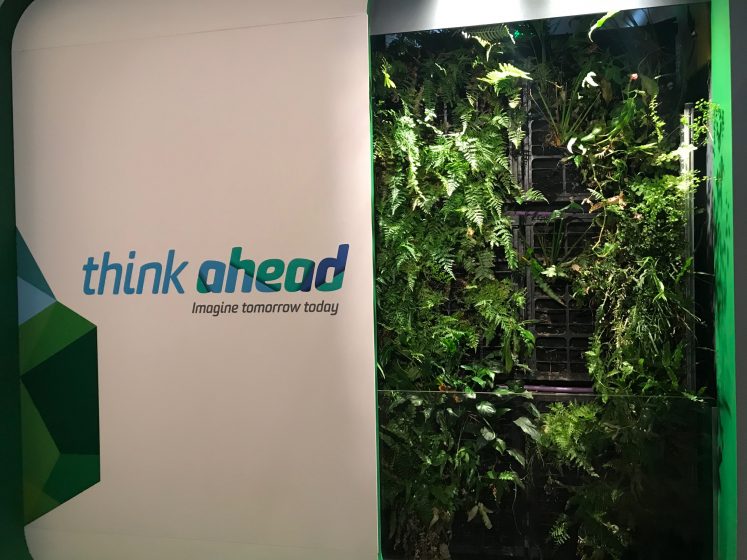
Greening the Recovery? A Proposal for Forwarding Urban Transitions as a Recovery Agenda Towards Resilience
Niki Frantzeskaki, Melbourne
Putting nature at the heart of recovery thinking is an argument we read and hear since the beginning of the COVID-19 pandemic. Will we act on this argument? If not, it is just a new greenwash. Collaboration is catalytic for co-design and co-create nature-based solutions with social innovators and citizens including Indigenous communities and not-easy-to-reach groups to make recovery just, equitable, and inclusive.
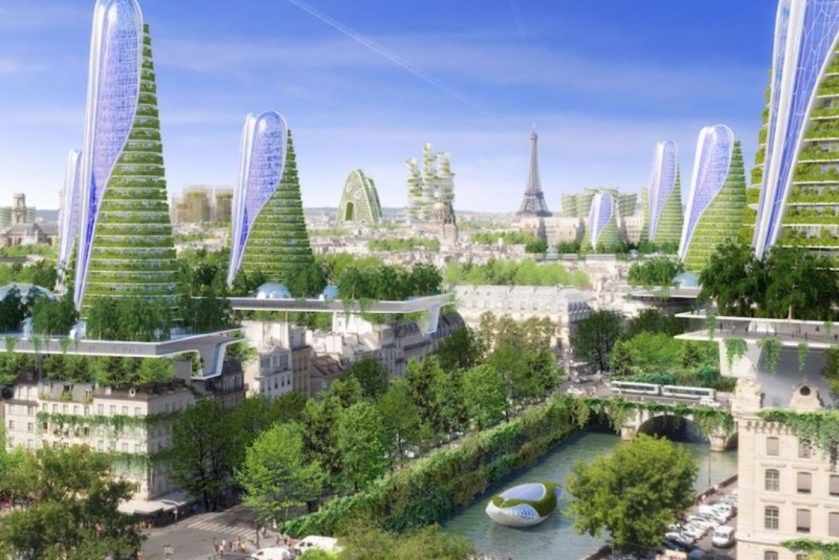
Financing Greener Cities for the Future We Want
Ingrid Coetzee, Capetown. Elizabeth Chouraki, Paris
The world is rapidly urbanizing, putting our natural resources under increasing pressure to meet demands for infrastructure, land, water, food, and other crucial needs. Building greener cities for a more sustainable future is possible, but requires action and redirecting investment by both the public and private sectors. To take the conversation about investment for redesigning cities where nature is part of the solution and results in no net harm to biodiversity, ICLEI organized and hosted a virtual seed session at TNOC Festival 2021. In French and English.
Tree Inequality Is Worse in the Suburbs
Rob McDonald, Washington, DC
We urge urban forestry advocates to not forget about the suburbs when planning tree planting actions to increase tree equality. Suburban neighborhoods that are low-income or with many people of color may be important places to focus efforts to increase tree canopy if we are to aim for a city in which all households have adequate nature nearby. Urban trees and their canopy cover provide many benefits for urban residents, reducing air pollutant concentrations, mitigating stormwater runoff, maintaining water quality, encouraging physical recreation, and improving mental health.
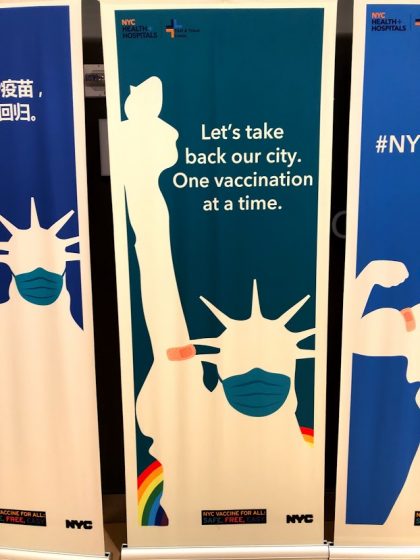
Documenting the Pandemic Year: Reflecting Backward, Looking Forward
Lindsay Campbell, New York. Michelle Johnson, New York. Sophie Plitt, New York. Laura Landau, New York. Erika Svendsen, New York
Since 13 March 2020, our team of social science researchers has been keeping a collective journal of our experiences of our New York City neighborhoods, public green spaces, and environmental stewardship during COVID-19. Overall, we found that all stewards—civic and public—responded to the novel conditions of the pandemic. Some adapted more nimbly than others, but the question remains: whose practices will most fundamentally be transformed and how in order to help enable more resilient and inclusive cities and greenspaces?
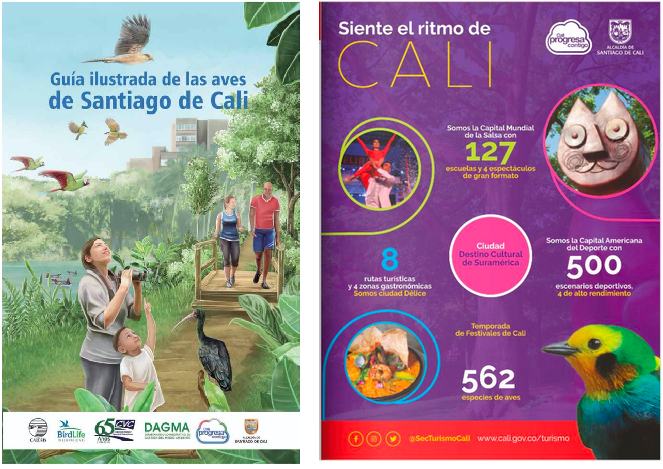
Is Cali the City with the Most Birds in the World?
Rubén Darío Palacio, Durham
Cali has 562 species of birds; more than all of Europe. Key reasons are that its boundary spans an elevational range between 950m and 4,100m, going through wetlands, grasslands, and dry forests, climbing up to cloud forests and the high Andes. The city lies at the crossroads of three major biogeographic regions. And Cali also has a remarkable number of protected areas. Cities have a long list of duties to become global environmental leaders, and I contend that a humble bird list is a great way to start.

Knowledge Systems for Urban Renewal
Christopher Ives, Nottingham
There is a wealth of scientific evidence showing that urbanisation has been, and continues to be, a global driver of habitat loss and ecological transformation, but that cities can also be places of rich biodiversity. Knowledge production can be elitist and exclusionary, with important voices omitted. Further, the knowledge produced by current knowledge systems is often disconnected from action. We need to diversify the kinds of knowledge available to support NBS.
 Making Spaces for Edible Gardens in Compact Cities: the Taipei Case
Making Spaces for Edible Gardens in Compact Cities: the Taipei Case
Wan-Yu Shih and Che-Wei Liu, Taipei
Amid the coronavirus outbreak, edible gardens have seemed to become an even more critical practice for cities experiencing lockdown, as food supply chains are upended and an edible garden plot close-by residents could enhance food security and mental health. It is also an important time for urban planning to rethink the human-nature relationship while designing the legal mechanisms for not only land use zoning, but also a possibility for nearby residents to suggest a rezoning.
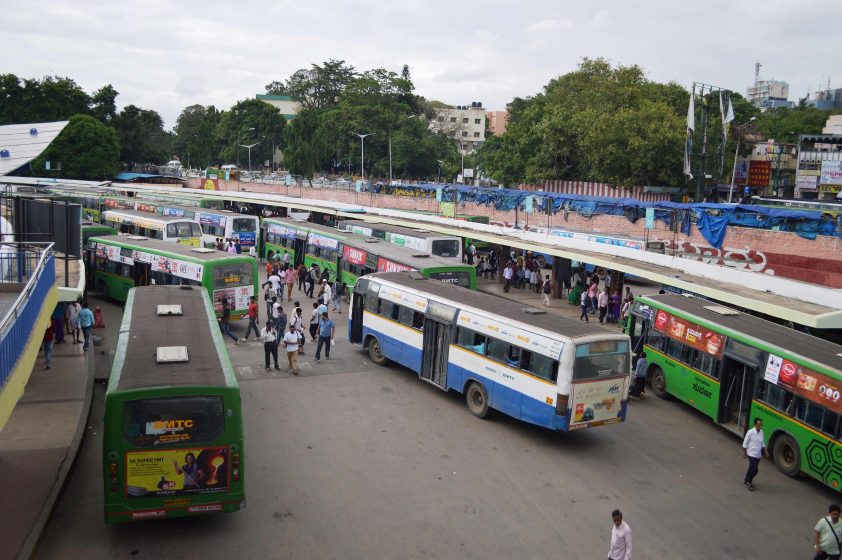
Photo: Hita Unnikrishnan
Our Privilege as Choice
Hita Unnikrishnan, Bangalore
Urban planning has historically been iniquitous and geared towards improving the lifestyles of the already privileged. During our long term research conducted into the socio-political and ecological changes driving the loss of lakes within Bengaluru—capital of the south Indian state of Karnataka—we found that certain groups of people have been historically marginalized and continue to remain vulnerable to pressures posed by ongoing urban change.

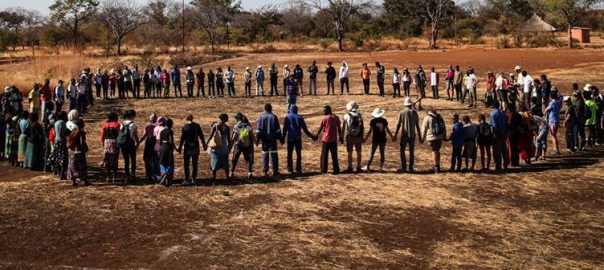






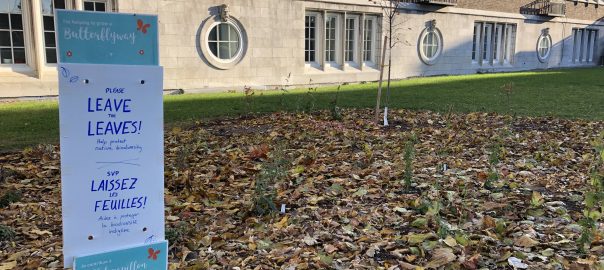
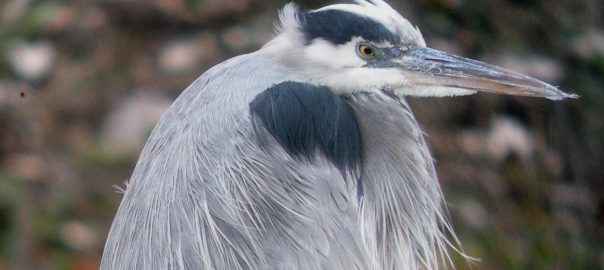
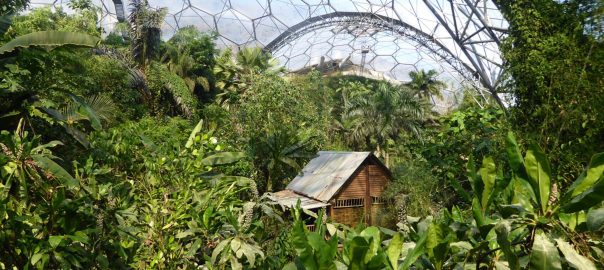
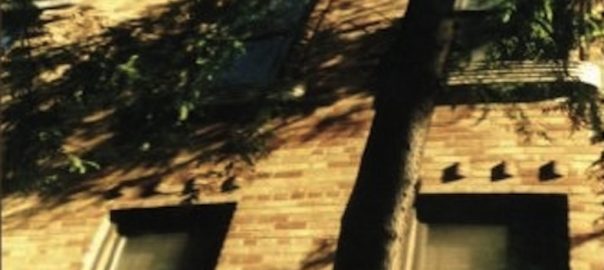
Add a Comment
Join our conversation